-
 Bitcoin
Bitcoin $117500
2.15% -
 Ethereum
Ethereum $3911
6.19% -
 XRP
XRP $3.316
10.79% -
 Tether USDt
Tether USDt $1.000
0.01% -
 BNB
BNB $787.2
2.24% -
 Solana
Solana $175.2
4.15% -
 USDC
USDC $0.9999
0.00% -
 Dogecoin
Dogecoin $0.2225
8.40% -
 TRON
TRON $0.3383
0.28% -
 Cardano
Cardano $0.7868
6.02% -
 Stellar
Stellar $0.4382
9.34% -
 Hyperliquid
Hyperliquid $40.92
7.56% -
 Sui
Sui $3.764
7.63% -
 Chainlink
Chainlink $18.48
10.66% -
 Bitcoin Cash
Bitcoin Cash $582.1
1.88% -
 Hedera
Hedera $0.2601
6.30% -
 Avalanche
Avalanche $23.33
4.94% -
 Ethena USDe
Ethena USDe $1.001
0.02% -
 Litecoin
Litecoin $122.3
2.04% -
 UNUS SED LEO
UNUS SED LEO $8.969
-0.27% -
 Toncoin
Toncoin $3.339
0.86% -
 Shiba Inu
Shiba Inu $0.00001287
4.30% -
 Uniswap
Uniswap $10.43
7.38% -
 Polkadot
Polkadot $3.861
5.08% -
 Dai
Dai $1.000
0.02% -
 Bitget Token
Bitget Token $4.513
3.41% -
 Monero
Monero $267.7
-6.18% -
 Cronos
Cronos $0.1499
4.14% -
 Pepe
Pepe $0.00001110
5.15% -
 Aave
Aave $284.9
8.28%
What are the API rate limits for automated trading on Bybit contracts?
Bybit enforces API rate limits—120 requests/5 sec per IP for public endpoints, 60/5 sec per API key for private—to ensure stability and fair usage.
Aug 08, 2025 at 06:08 am
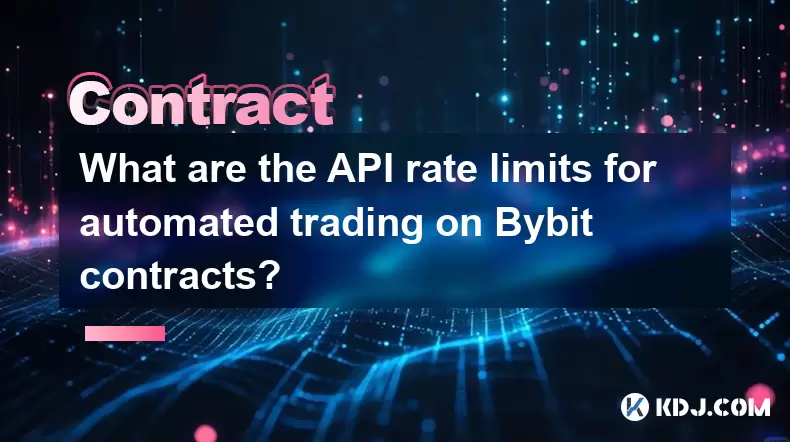
Understanding API Rate Limits on Bybit
When engaging in automated trading on Bybit contracts, understanding the API rate limits is essential to prevent disruptions in strategy execution. Bybit enforces rate limits to maintain platform stability and ensure fair usage across all users. These limits are measured in requests per second (RPS) and vary depending on the type of endpoint being accessed—whether public or private—and the authentication status of the request. Exceeding these thresholds can result in HTTP 429 (Too Many Requests) responses, which may interrupt bot operations.
For public endpoints, such as retrieving market data, order book snapshots, or ticker information, the rate limits are generally more lenient. Bybit typically allows up to 120 requests per 5 seconds per IP address for public data. This means that automated systems pulling real-time price feeds or monitoring market depth must space out their calls appropriately. Failure to do so may trigger throttling, especially when multiple bots operate from the same network.
Differences Between Public and Private Endpoint Limits
Private endpoints, which require API key authentication, are subject to stricter controls due to their sensitivity. These include placing orders, canceling trades, retrieving position information, and checking wallet balances. For private endpoints, Bybit generally enforces a limit of 60 requests per 5 seconds per API key. This means that each individual API key is restricted to an average of 12 requests per second.
It is crucial to note that rate limits are applied per API key, not per account. Traders running high-frequency strategies may consider using multiple API keys to distribute the load. However, each key must be properly authenticated and monitored to avoid accidental overuse. Additionally, certain high-impact actions, such as placing or canceling orders, consume more rate limit “weight” than read-only actions like fetching positions.
Rate Limit Headers and Monitoring Usage
Bybit returns specific HTTP headers with every API response that allow developers to monitor their current usage. The most important headers include:
- X-RateLimit-Limit: The total number of requests allowed in the current time window.
- X-RateLimit-Remaining: The number of requests left before hitting the limit.
- X-RateLimit-Reset: The UTC timestamp indicating when the current window will reset.
By inspecting these headers programmatically, automated trading systems can dynamically adjust their request frequency. For instance, if X-RateLimit-Remaining drops below a threshold, the bot can implement a short delay before sending additional requests. This proactive approach helps prevent service interruptions and ensures smoother operation during volatile market conditions.
Some trading frameworks integrate middleware that parses these headers automatically and enforces backpressure. This is particularly useful when managing multiple concurrent strategies or when polling several endpoints simultaneously.
Strategies to Avoid Hitting Rate Limits
To maintain uninterrupted automated trading, traders should adopt techniques that minimize unnecessary API calls:
- Batch requests where possible. Instead of making multiple individual calls to fetch order status, use bulk endpoints if available.
- Implement exponential backoff in retry logic. If a 429 error is received, wait for an increasing interval before retrying.
- Cache frequently accessed data such as symbol information or recent trades, reducing the need to re-fetch from the API.
- Use WebSocket feeds for real-time updates. Bybit provides WebSocket endpoints for order books, trades, and account updates, which are far more efficient than repeated REST polling.
For example, instead of polling the REST API every 100ms for order book changes, subscribe to the public channel orderbook via WebSocket. This reduces the number of requests significantly while providing near-instantaneous updates.
Configuring API Keys for Optimal Performance
When setting up API keys for automated trading, proper configuration is vital. During creation, ensure the following:
- Enable only the permissions necessary—avoid granting "Transfer" or "Withdrawal" access unless absolutely required.
- Restrict the IP whitelist to the server(s) running the bot. This enhances security and prevents unauthorized use.
- Use separate API keys for different strategies or environments (e.g., test vs. live).
Each API key operates under the same rate limit rules. Distributing high-frequency operations across multiple keys can help stay within limits. However, coordination is needed to prevent one key from overwhelming the system. For instance:
- Assign one key for market data retrieval.
- Dedicate another key for order execution.
- Use a third key for position and balance monitoring.
This segmentation not only helps manage rate limits but also improves debugging and monitoring.
Frequently Asked Questions
What happens when I exceed the API rate limit on Bybit?
If you exceed the limit, Bybit will return an HTTP 429 status code. The API will temporarily block further requests from that key or IP until the window resets. No permanent penalties are applied, but your bot may miss critical market events during the block.
Can I increase my API rate limit on Bybit?
No, Bybit does not allow users to increase their default rate limits. Enterprise-level clients or institutional traders may contact support for special arrangements, but standard users must work within the published thresholds.
Do WebSocket connections count toward REST API rate limits?
No, WebSocket connections operate independently of REST rate limits. Subscribing to data streams via WebSocket does not consume REST request quotas, making it a preferred method for real-time data.
How can I check my current API usage in real time?
Monitor the X-RateLimit-Remaining and X-RateLimit-Reset headers in API responses. Implement logging in your trading bot to track these values and alert when usage approaches the threshold.
Disclaimer:info@kdj.com
The information provided is not trading advice. kdj.com does not assume any responsibility for any investments made based on the information provided in this article. Cryptocurrencies are highly volatile and it is highly recommended that you invest with caution after thorough research!
If you believe that the content used on this website infringes your copyright, please contact us immediately (info@kdj.com) and we will delete it promptly.
- FTT Token's Wild Ride: Creditor Repayments vs. Market Drop - A New Yorker's Take
- 2025-08-08 07:10:12
- Floki Crypto Price Prediction: Riding the Robinhood Rocket or Just a Meme?
- 2025-08-08 07:15:12
- EigenLayer, Restaking, and Ethereum: Navigating the Hype and the Hazards
- 2025-08-08 06:30:12
- Super Bowl 59: Jon Batiste to Jazz Up the National Anthem
- 2025-08-08 06:30:12
- Cold Wallet Crypto in 2025: The Future is Now, Ya'll
- 2025-08-08 05:10:13
- MAGACOIN, SOL, and ADA: A Tale of Shifting Tides in Crypto
- 2025-08-08 05:10:13
Related knowledge

What are the specific maker and taker fees on KuCoin Futures?
Aug 08,2025 at 08:28am
Understanding Maker and Taker Fees on KuCoin FuturesWhen trading on KuCoin Futures, users encounter two primary types of fees: maker fees and taker fe...
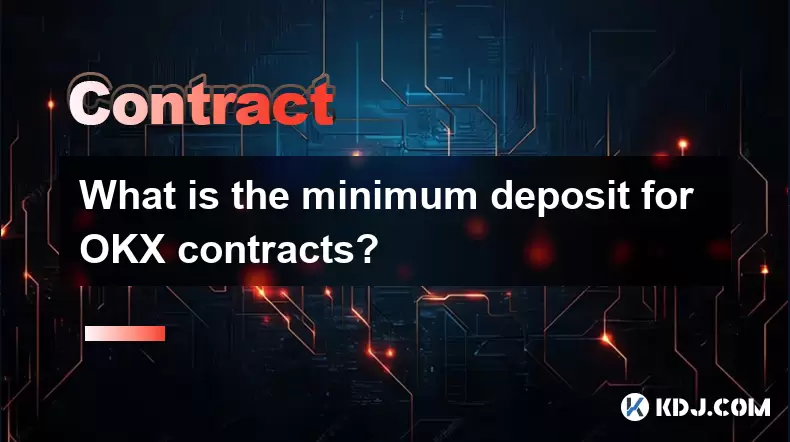
What is the minimum deposit for OKX contracts?
Aug 08,2025 at 07:00am
Understanding OKX Contract Trading BasicsOKX is one of the leading cryptocurrency derivatives exchanges, offering a wide range of perpetual and future...

Where can I find the OKX trading calculator?
Aug 08,2025 at 07:49am
Understanding the OKX Trading Calculator FunctionalityThe OKX trading calculator is a powerful analytical tool designed to assist traders in estimatin...
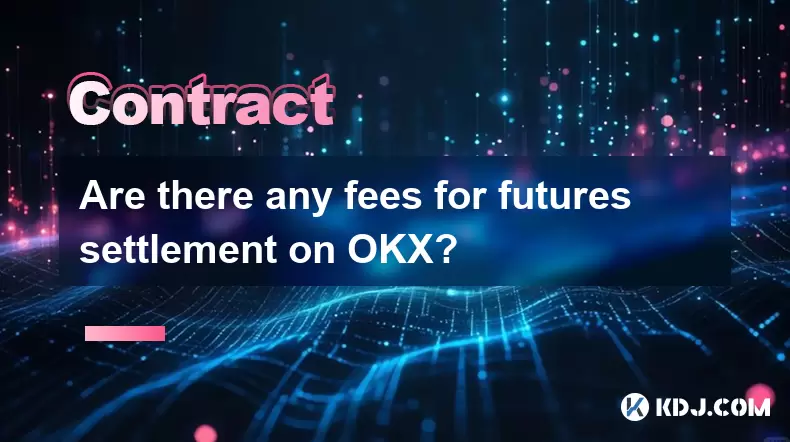
Are there any fees for futures settlement on OKX?
Aug 08,2025 at 05:35am
Understanding Futures Settlement on OKXFutures settlement on OKX refers to the process by which open futures contracts are automatically closed or mar...
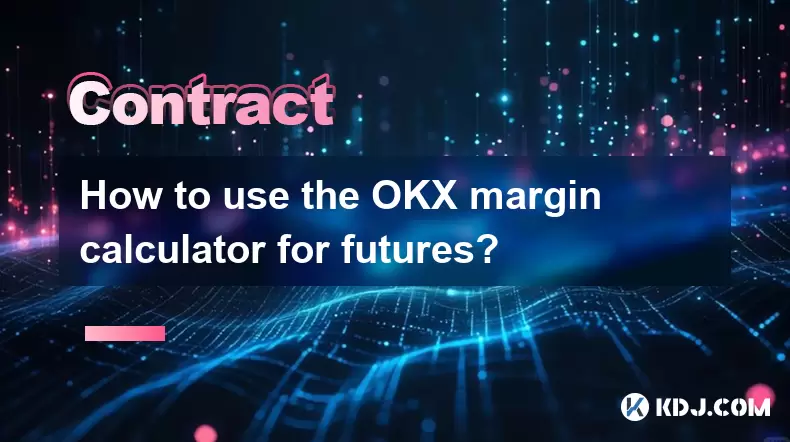
How to use the OKX margin calculator for futures?
Aug 08,2025 at 05:15am
Understanding the OKX Margin Calculator for FuturesThe OKX margin calculator is a specialized tool designed to assist traders in estimating the requir...
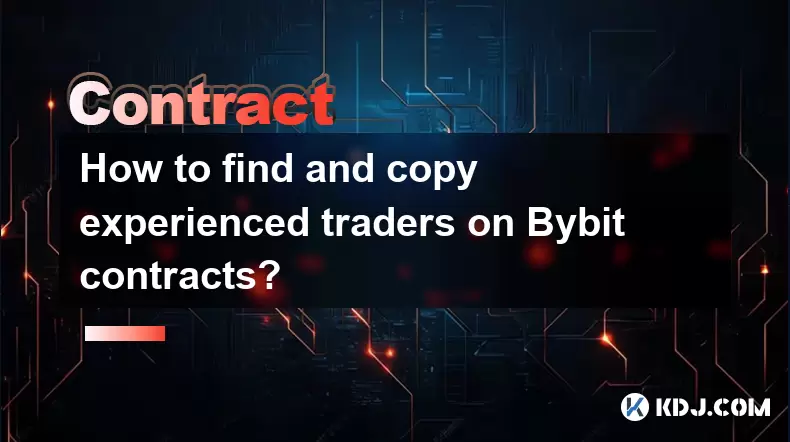
How to find and copy experienced traders on Bybit contracts?
Aug 08,2025 at 06:00am
Understanding Copy Trading on BybitBybit offers a copy trading feature that allows users to automatically replicate the contract positions of experien...

What are the specific maker and taker fees on KuCoin Futures?
Aug 08,2025 at 08:28am
Understanding Maker and Taker Fees on KuCoin FuturesWhen trading on KuCoin Futures, users encounter two primary types of fees: maker fees and taker fe...

What is the minimum deposit for OKX contracts?
Aug 08,2025 at 07:00am
Understanding OKX Contract Trading BasicsOKX is one of the leading cryptocurrency derivatives exchanges, offering a wide range of perpetual and future...

Where can I find the OKX trading calculator?
Aug 08,2025 at 07:49am
Understanding the OKX Trading Calculator FunctionalityThe OKX trading calculator is a powerful analytical tool designed to assist traders in estimatin...

Are there any fees for futures settlement on OKX?
Aug 08,2025 at 05:35am
Understanding Futures Settlement on OKXFutures settlement on OKX refers to the process by which open futures contracts are automatically closed or mar...

How to use the OKX margin calculator for futures?
Aug 08,2025 at 05:15am
Understanding the OKX Margin Calculator for FuturesThe OKX margin calculator is a specialized tool designed to assist traders in estimating the requir...

How to find and copy experienced traders on Bybit contracts?
Aug 08,2025 at 06:00am
Understanding Copy Trading on BybitBybit offers a copy trading feature that allows users to automatically replicate the contract positions of experien...
See all articles

























































































